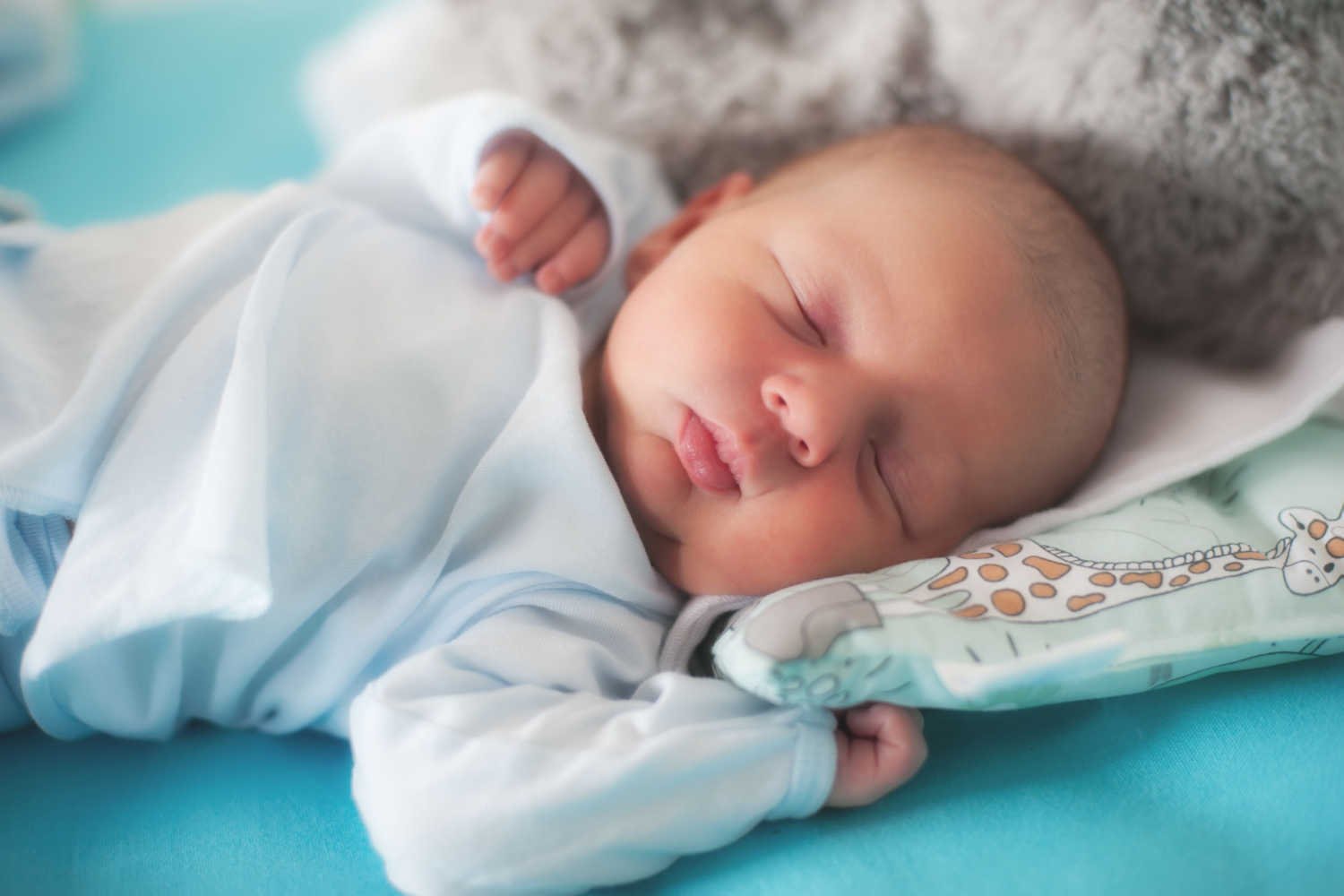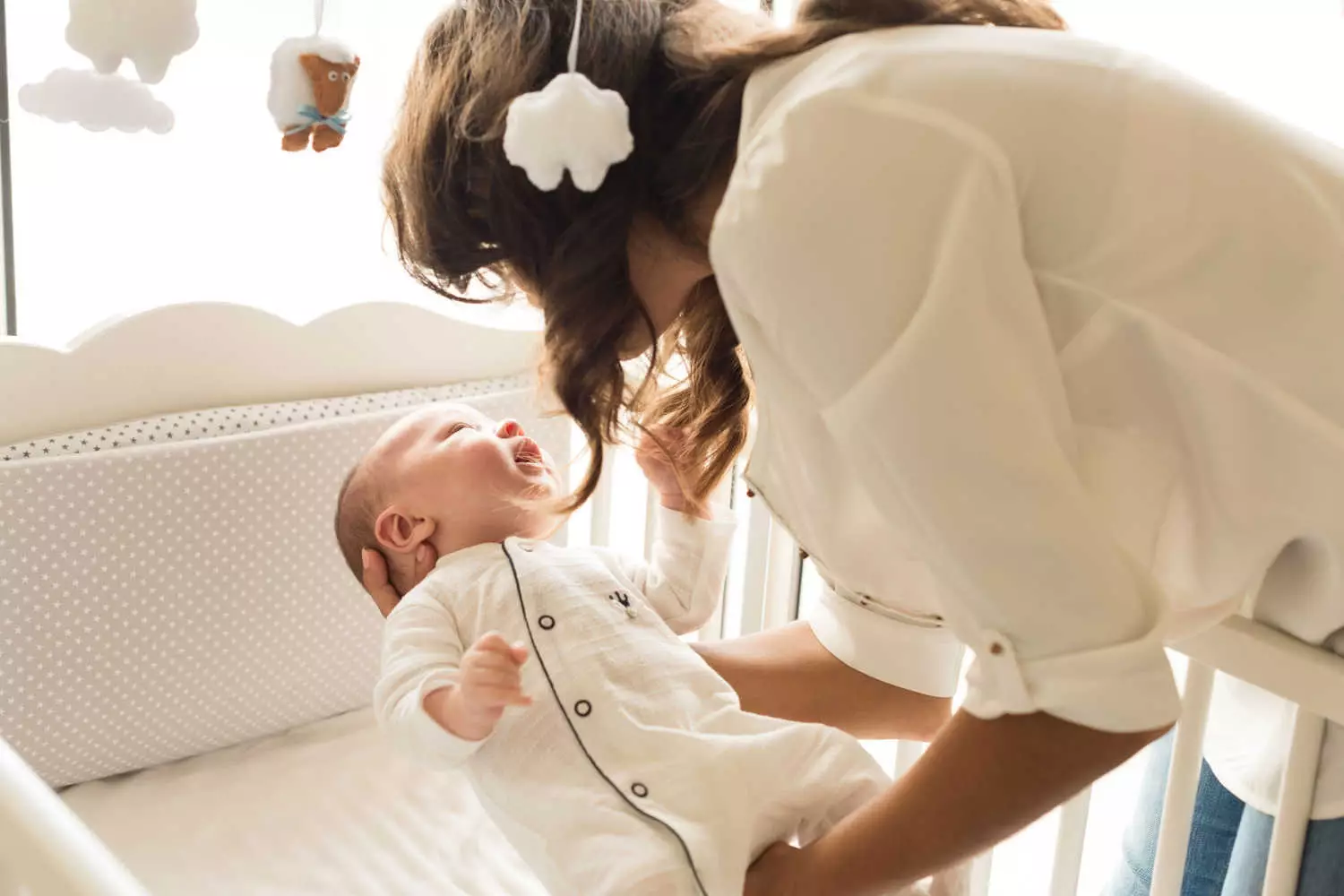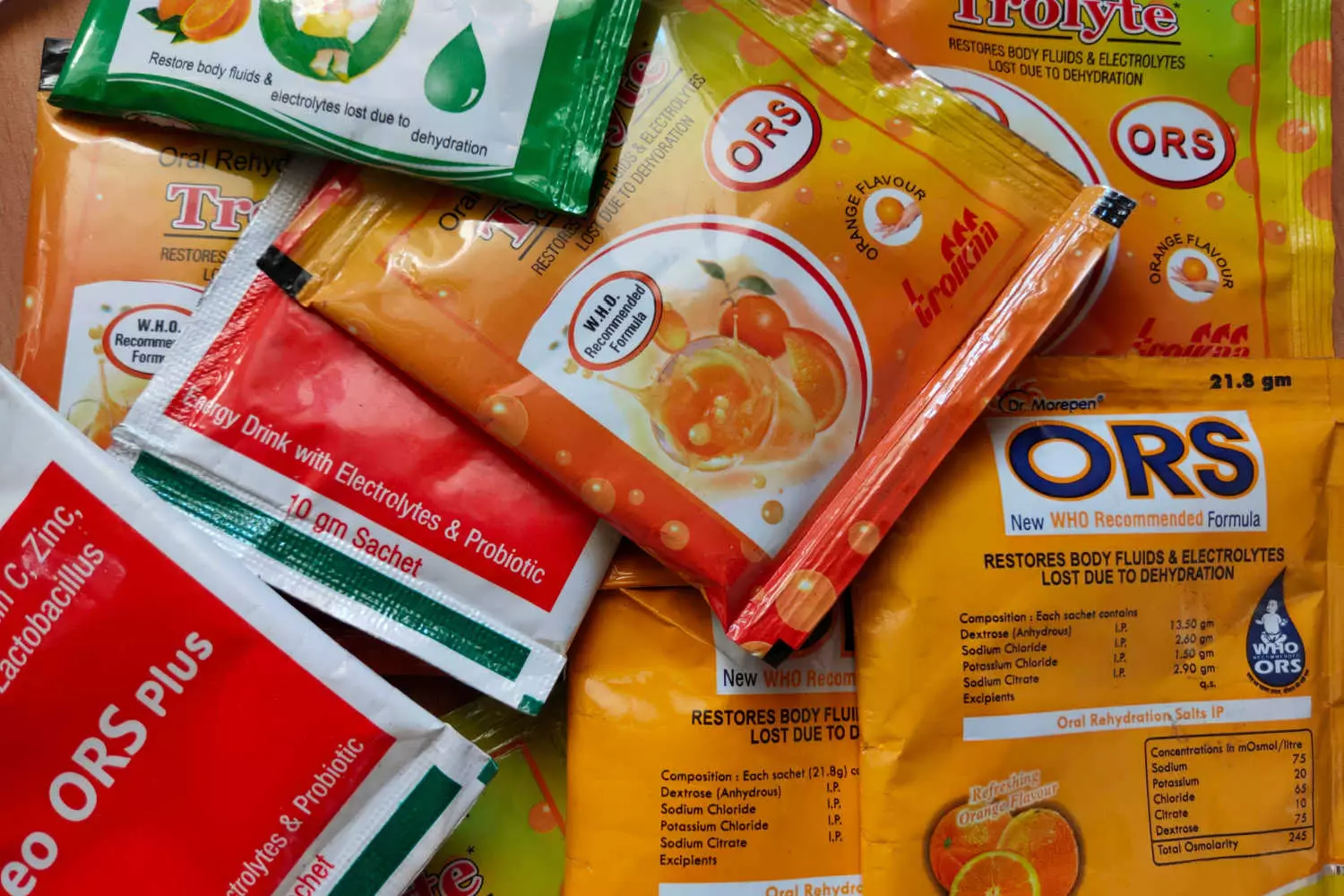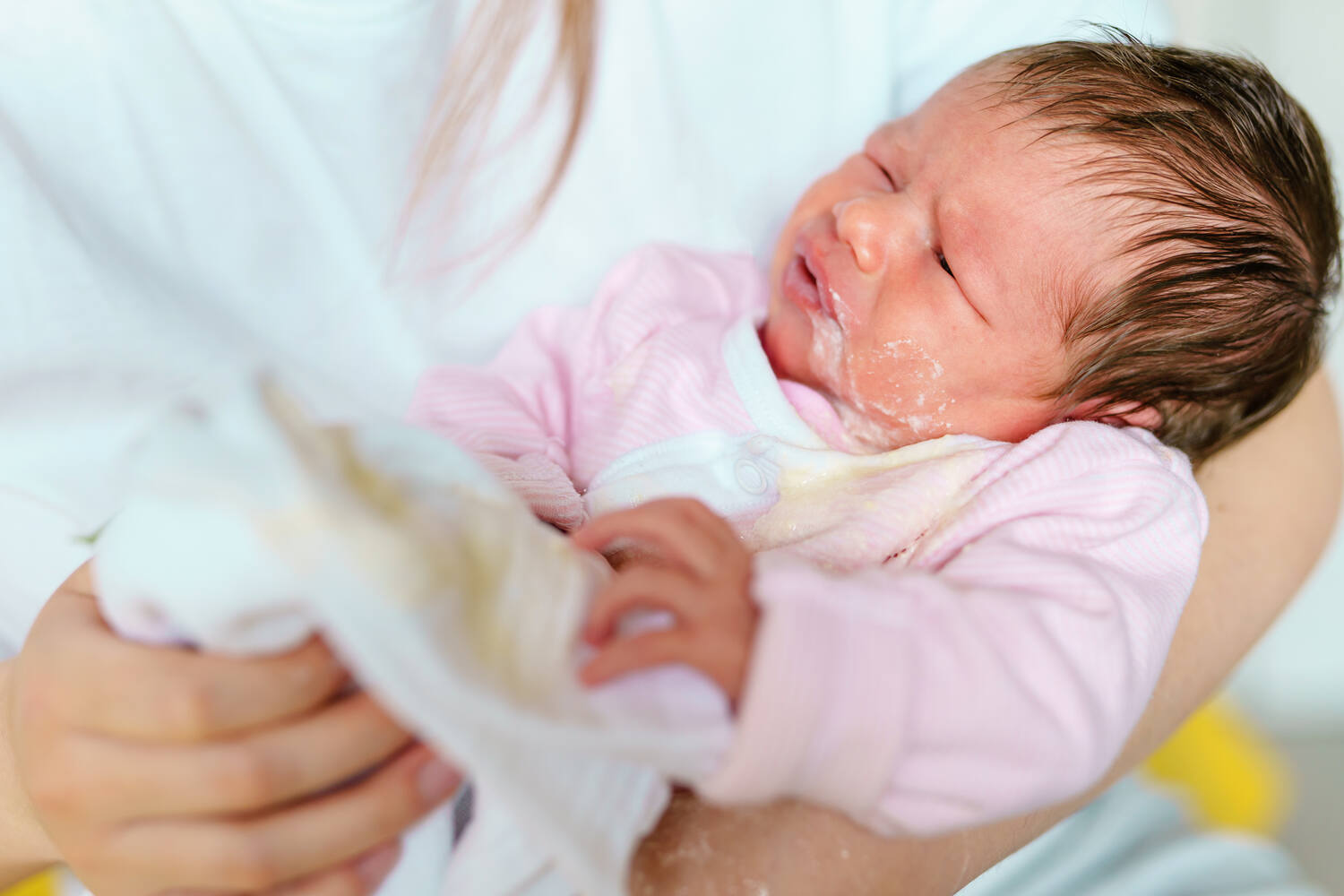
pH Balance in Baby Soaps – Importance and Benefits
5 min readWritten by Editorial Team


Soft skin like a baby is a common simile used to compliment the amazing skin. However, mothers know that it is not so easy to maintain the baby’s skin. In the initial years of his life, your baby might face many skin problems like dry skin, rashes, baby acne, or baby eczema. Apart from these, factors such as pH balance in baby soaps can also affect your baby’s skin.
Other factors that have an influence on your little one’s skin include pollution, weather, hereditary factors, and nutrition. Selecting the soap with the right pH balance can help us ensure that we give our baby’s skin the best care and nourishment. In this article, we discuss the importance of choosing soaps with the right pH and how the right soaps can benefit our babies in the long run.
In This Article
- What is pH?
- How are pH Levels and Skin Related?
- Special Characteristics of Baby Skin
- What is the pH Level of Baby Skin?
- How do Baby Soaps Impact the pH Level of Baby Skin?
- Which Baby Soap Should You Pick?
What is pH?
pH stands for potential hydrogen and indicates how acidic or alkaline a substance is. Lower pH indicates that the substance is acidic in nature, and higher pH indicates that the substance is alkaline in nature. The pH scale ranges from 0-14, with acids lower and bases high on the scale. The pH balance of the baby’s skin is about 5.5.
How are pH Levels and Skin Related?
Just like any “chemical” substance, our body has a pH level too. Water has a pH of 7, which is neutral. Since our internal fluids are mostly made up of water, they all have a pH of 7 or something near it. Similarly, our skin has a pH level too. Technically, it is not the skin that has the pH, but the sweat and sebaceous glands in the skin that give it an acidic nature. It is important to maintain the pH level of the skin to avoid various skin problems.
[Read: Top 10 Baby Skincare Tips]
Special Characteristics of Baby Skin

A baby’s skin is different from that of an adult, and special care has to be taken to avoid any skin problems. A baby’s skin is thinner, is more prone to dryness, and is very sensitive. Some special characteristics of a baby’s skin are:
- Relative to the weight, the surface area of a baby’s skin is larger than in adults.
- The dermis is three times thinner than in adults.
- The hydrolipidic film which mainly consists of sweat, sebum, and water is thinner in babies than in adults. The role of this film is to protect the skin against bacteria, acting as a barrier. The thinner hydrolipidic film makes the baby’s skin more sensitive
The pH only begins to develop after a baby is born and goes down as the baby grows, making the skin more acidic. This characteristic defines that the baby’s skin is more prone to infections and irritations
[Read: Is It Safe To Use Baby Soap For Bathing My Baby?]
What is the pH Level of Baby Skin?
The ideal pH level of a baby’s skin (or even our skin) is 5.5. As it is a lower value than the pH of water (7), it is fair to infer that our skin is acidic in nature. It is so because acidic skin is more equipped to fight the spread of bacteria or fungi. It is absolutely important to maintain this 5.5 level of pH. Even a small variation from 5.5 can give rise to a lot of skin problems, especially in babies who have more sensitive skin.
For instance, there is an enzyme that lives on a baby’s skin that is responsible for thinning out the old skin so that the new skin can grow. However, this enzyme is pH sensitive. This means that if the pH is higher than 5.5, then it will thin the skin much more than required. A thinner skin would be more prone to irritation, rashes, and eczema.
How do Baby Soaps Impact the pH Level of Baby Skin?
Soaps and body lotions need to match the pH level of the baby’s skin. The commercially manufactured soaps that we adults use have a pH factor of 9. Even most of the “mild” cleansers have a pH factor close to 7. None of these suits a baby’s skin. For baby skin, we need a soap that has a pH factor of 5.5. So it is important you pick a baby soap that can maintain the pH level of the baby’s skin and not disrupt it, thereby leading to skin problems.
[Read: Keep Your Baby’s Skin Moisturized With These Tips]
Which Baby Soap Should You Pick?

With the huge amount of noise that the advertisements make, claiming their products have antibacterial, antibiotic or natural ingredients, picking the right soap that suits your baby’s skin can be extremely confusing. But the following tips might help:
- Read the label carefully. Look for the pH value of the soap. 5.5 is the ideal value you are looking for.
- Check for the presence of harsh chemicals and parabens in the soap. Do not buy them if chemicals are present.
- Opt for body wash gels instead of soaps. Soaps usually tend to have a higher pH because of the way they are manufactured.
- Avoid all lotions or creams which are petroleum-based, as their pH is equal to or greater than 7.
- Extend the scrutiny to body lotions, moisturizers, and creams you use for the baby, not just the soaps.
- If the soap smells very good, do not buy it. The fragrance is due to chemicals added, and we do not want that to come in contact with baby skin.
- Make sure you do not “over-bath” the child in an effort to cleanse them thoroughly. You might end up drying out the skin, which again leads to skin problems.
- The more natural ingredients in the soap, the better it is for your little one. Look for natural oils (e.g. Olive oil or Almond oil) and vitamins in the soap.
- It is also a good idea to moisturize your baby’s skin with a baby-friendly cream right after a bath.
A baby’s skin is very sensitive, so maintaining a proper pH balance will help in treating and preventing major skin problems. Choosing soap with the right pH balance will ensure that your baby’s skin will get all the care and prevent harm to the delicate and still developing sensitive skin
Read Also: What Is The Difference Between A Baby Lotion And A Baby Cream? When To Use What?

Editorial Team,
With a rich experience in pregnancy and parenting, our team of experts create insightful, well-curated, and easy-to-read content for our to-be-parents and parents at all stages of parenting.Read more.
Responses (0)
Want curated content sharply tailored for your exact stage of parenting?
Related articles

Bedtime Fading Method of Sleep Training Your Baby – Know All About it

Pick Up, Put Down Method of Sleep Training Your Baby – Know All About it

Pat a Cake Rhyme For Babies

ORS For Babies – Is it Safe, How Much to Give and Top Benefits

Baby Spitting Up Mucus – Is it Normal?

Water Intoxication in Babies – What is it, Causes and Tips to Prevent
Sponsored content
Discover great local businesses around you for your kids.
Get regular updates, great recommendations and other right stuff at the right time.





